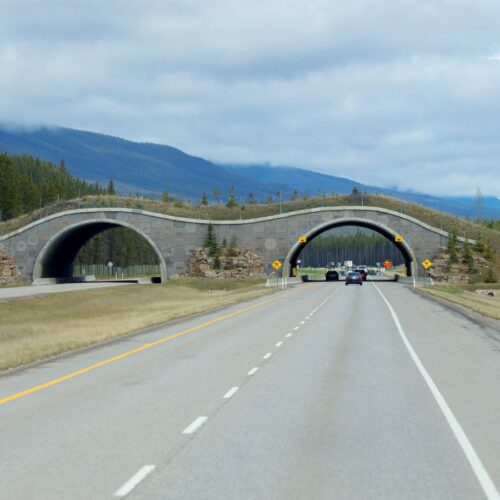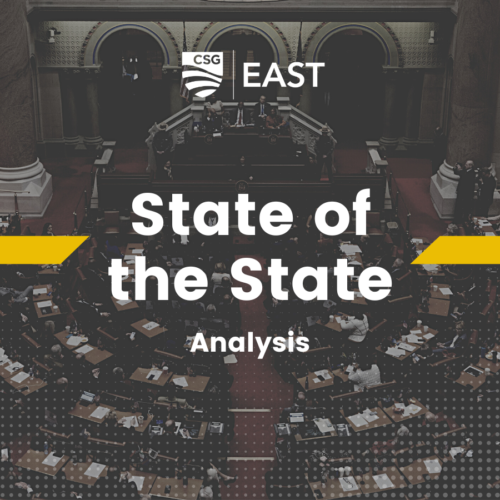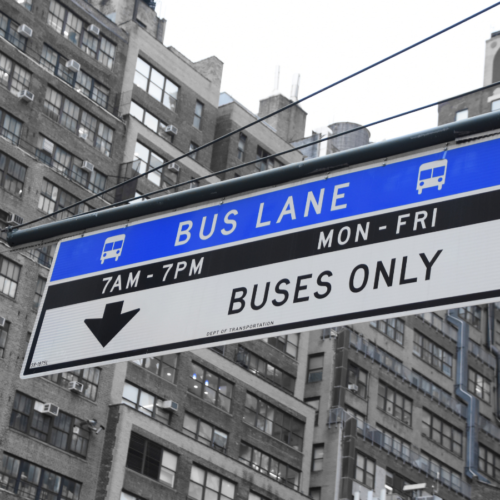Transportation Funding
On February 23, 2016, The Council of State Governments hosted a webinar on transportation funding, moderated by Sean Sloan, director of transportation and infrastructure policy for CSG. The speakers included Joe McAndrew, policy director of Transportation for America; Alison Primo Black, senior vice president and chief economist of the American Road and Transportation Builders Association; and several journalists. According to Black, 179 transportation funding bills were introduced in 2015 across the country. Eight states passed gas tax increases. Other bills included user fees, such as automobile registrations, tolls, and lock-boxes. Among the trends in transportation, governors are playing a key role in championing this legislation and there are broad based coalitions of public and private partnerships. Transportation funding gets bipartisan support with lots of backing at the county and local level. Over the past 10 years, 72 percent of ballot measures have passed. “People are willing to invest in transportation,” she said.

Photo by Lerone Pieters on Unsplash
Transportation infrastructure investment was mentioned as a top priority by most of the northeastern governors in their state of the state addresses. Maryland Governor Larry Hogan reported a $2-billion investment in “shovel ready” infrastructure projects to fix bridges and roads. Massachusetts Governor Charles D. Baker said the state was doubling the capital investment in transportation to $1 billion, including a major investment in mass transit in the city of Boston. In New York, Governor Andrew Cuomo’s “Built to Lead” program proposed a $100 billion investment in transportation infrastructure, including New York City’s commuter transportation system, the MTA, the New York Thruway, and upstate airports, bridges, and roads. Throughout the region, urban mass transit is getting more focus as a means to revitalize communities and serve changing demographic needs. Ongoing state committee hearings, executive and legislative research efforts, and transportation funding advocates are discussing how best to address the transportation infrastructure funding shortfalls.
In Rhode Island, Governor Gina Raimondo on February 11 signed Bill 2246/House Bill 7409, otherwise known as “RhodeWorks,” which will charge a user fee on large commercial trucks in order to repair and maintain the state’s bridges. The state will also leverage $300 million in federal GARVEE bonds (GARVEE is an acronym for a grant anticipated revenue vehicle, which is a debt financing instrument for state highways). The legislation will increase transportation funding by $1.1 billion over the next 10 years, including an estimated $45 million per year in tolls.
The trucking industry opposed the Rhode Island bill, said Keith Goble, state legislative editor for Land Line magazine during the CSG webinar. He added that in a survey of 400 truckers “three quarters will avoid Rhode Island if the state adopts truck only tolls.”
In Massachusetts, a bill would authorize cities and counties to create special transportation finance districts and the ability to levy an additional local property tax in order to generate revenue for transportation projects (in conjunction with the Massachusetts Department of Transportation and the MBTA).
In Connecticut, Governor Dannel P. Malloy proposed a 30-year, $100-billion program, according to Chris Keating, capital bureau chief for the Hartford Courant, who also presented at the CSG webinar. For the most part, the plan is still in its infancy, but the widening of I-84 has already begun. The funding would come from a combination of tolls, taxes, and bonding; 24 percent of the tolls would be paid by heavy trucks and 30 percent by out-of-state drivers. The plan also includes an increase in the 25 cent gas tax, by 2 cents per year for seven years.
Spotlight on Bridges
The Federal Transportation Department estimated a $115 billion backlog in repairs for bridges rated structurally deficient or functionally obsolete nationally.
According to the American Road and Transportation Builders Association, nearly 10 percent of the country’s bridges – 58,495 out of 609,539 – were considered structurally deficient last year and needed repairs. This is 2,574 fewer bridges than the more than 61,000 in 2014 that needed repairs, so some progress has been made.
Among the five states with the biggest share of deficient bridges were Rhode Island at 23.2 percent and Pennsylvania at 21 percent.
The 250 most heavily traveled bridges that need repairs include:
- In Pennsylvania, several Interstate 95 bridges in Philadelphia
- In Maryland, several Interstate 95 bridges
- In New York, the Brooklyn Bridge.





